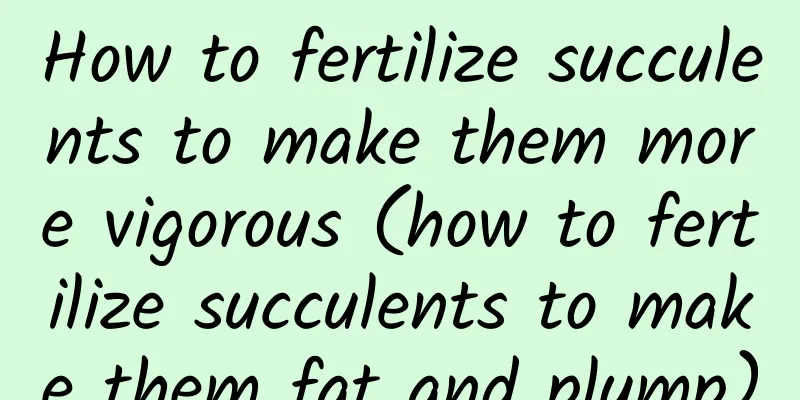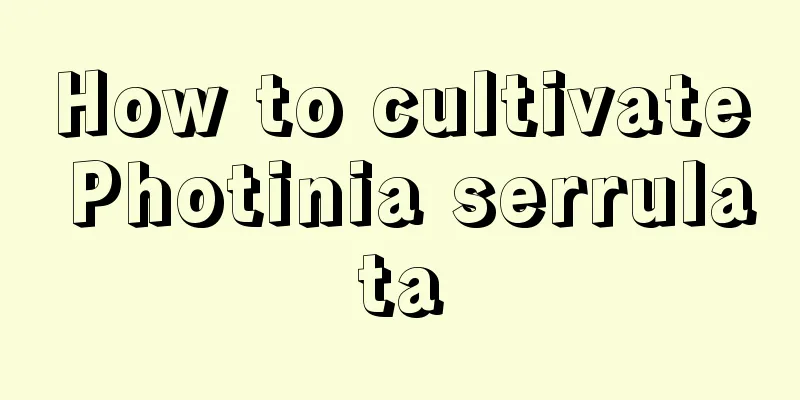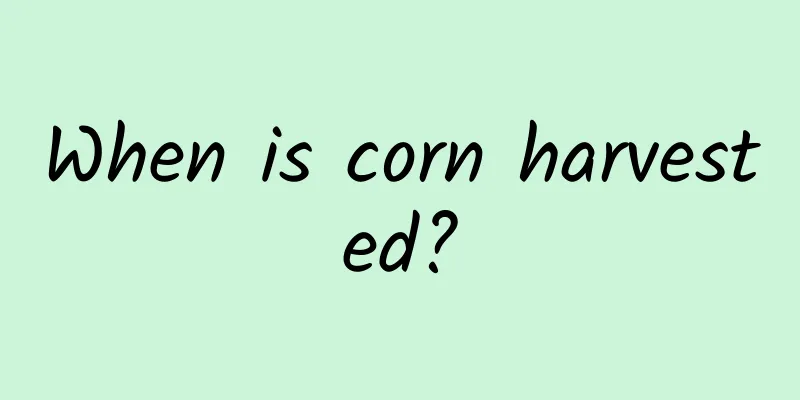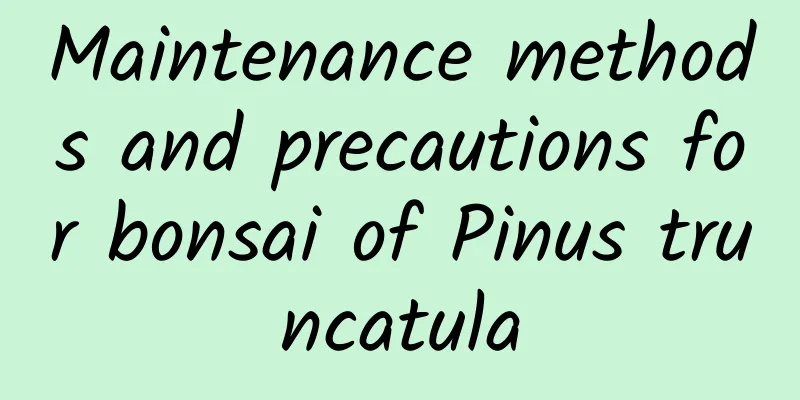How to fertilize succulents to make them more vigorous (how to fertilize succulents to make them fat and plump)

|
Plump and plump fleshy peach (photo) In autumn, you can fertilize succulents to help them recover: Autumn is not only the vigorous growth period for succulents, but also the easiest season to grow them in the year. It is also a connecting season. At this time, proper fertilization can not only make up for the consumption during the summer dormancy period, but also accumulate nutrients to restore the plump state, and also keep the autumn fat in preparation for winter! However, with a wide variety of flower fertilizers, many flower lovers are still confused about which fertilizer is suitable for succulents. Cute and attractive straw succulent (photo) There are 3 common ways to fertilize succulent plants【1】Add base fertilizer when repotting Autumn is a good time to repot and change the soil for succulents. Repotting at this time helps replenish nutrients and prevent root aging. Flower lovers who need to repot their flowers can add a little well-rotted organic fertilizer such as chicken manure or sheep manure to mix with the soil or use as base fertilizer. Organic fertilizer has a mild effect and is not likely to cause the soil in the pot to become compacted or alkaline. Even if you only water the soil after the plants have settled in the pot, they can be managed for at least half a year without fertilizing. The White Phoenix Succulent Plant in good condition (photo) 【2】Add water-soluble fertilizer when wateringFor some old succulents or those that have not been repotted for a long time, you can also add some water-soluble fertilizers in proportion when watering, such as: nutrient solution, Huaduoduo, etc. Pay attention to controlling the concentration when using, and use it once every 10-15 days. The advantages are that it is easy to use, uses water to carry fertilizer, and has a high fertilizer utilization rate; the disadvantage is that the ratio should be strictly controlled to avoid fertilizer damage due to excessive concentration. Finally, when using water-soluble fertilizers on dark-colored succulents and fuzzy succulents, it is best not to pour water directly on the head to avoid leaving scale or causing fertilizer damage. The thriving Oplina succulent (photo) 【3】 Directly spread granular slow-release fertilizerIn recent years, slow-release fertilizers have stood out from the dazzling array of fertilizers and are deeply sought after and loved by flower lovers! Slow-release fertilizer is a resin-coated fertilizer. It not only has mild and sustainable fertilizer effects, but also has a long fertilizer release period, which can last for 3-6 months. It is convenient to use and can be directly sprinkled on the surface of the potting soil or applied in holes on the edge of the flower pot or around the rhizomes. Brands like Aolv and Haokanduo have special models for succulents, which basically only need to be used once in spring and autumn. The Jinyumantang succulent plant in full growth state (photo) Succulent plants can be grown without any fertilizer if the soil nutrients are balanced and you can repot and change the soil once a year. It is mainly grown for foliage viewing, and pays more attention to coloring and shape control, and does not need to promote flowering. Therefore, when choosing fertilizer, it is not advisable to apply nitrogen fertilizer for a long time. We can mainly use general fertilizers with balanced nutrients, and only apply thin fertilizers frequently during the growing season in spring and autumn, so as to avoid large amounts of fertilizer and water, which will cause succulents to grow too tall, fade and become water piles. |
Recommend
Where to grow chickpeas
Where chickpeas are grown Chickpeas generally gro...
What should I do if there are black spots on okra leaves? What should I do if there are black spots on okra leaves?
1. Symptoms Black spots on okra leaves are a comm...
How to manage Kalanchoe after cutting
1. Insulation After cutting the Kalanchoe, in ord...
What bonsai are suitable for indoor cultivation in the north?
1. Golden bell flower This flower is quite distin...
Rose cultivation methods and precautions
1. Adequate light Roses prefer a sunny growing en...
Can gourds be grown in the south?
Can gourds be grown in the south? Gourds can be g...
What to do if the new leaves of camellia die
1. Cut off the dead leaves After the newly grown ...
How do northern grapevines survive the winter and how do they prevent frost?
1. Master the cold resistance performance If you ...
Grow Amaryllis in winter, use these 3 methods to propagate it, and your house will be filled with red flowers!
1. Cutting method Many times when we propagate pl...
Can Clivia be placed in the bedroom?
1. Whether it can be released and the reasons We ...
What flowers are suitable for growing in Huaihua? What are the city flowers and trees?
1. Climate characteristics of Huaihua Huaihua is ...
Common diseases and pests of Hongfentaige and their control methods
Common diseases of Hongfentaige: black rot Black ...
How to grow Camellia sasanqua
1. Appropriate moisture Camellia sasanqua grows w...
What to do if you overwater your African violets
Overwatering African Violets Generally speaking, ...
The difference between Maiden Heart and Rainbow Jade
Color gap Although Maiden Heart and Rainbow Jade ...









